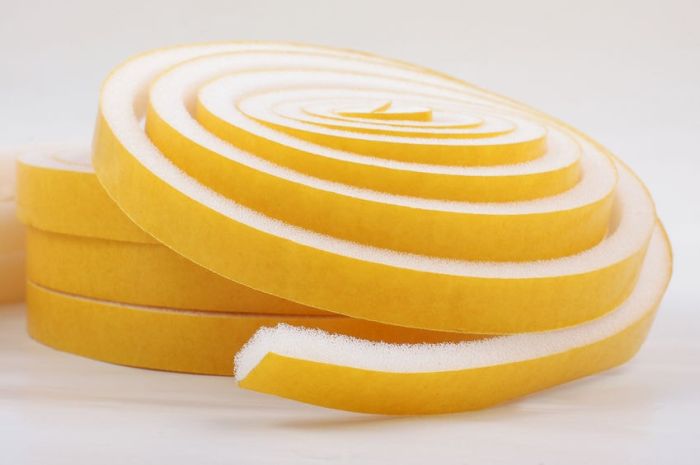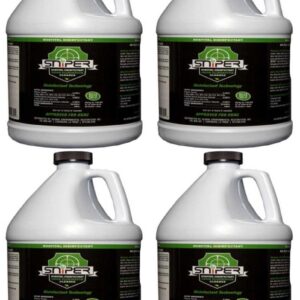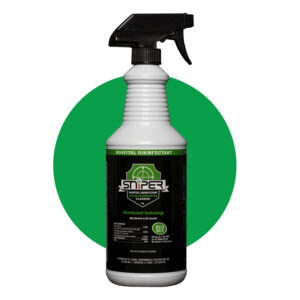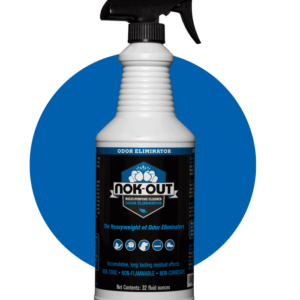Brrrr! When these cold winds blow, we all put on an extra layer of clothing and hunker down inside. And if you want to reduce your energy bills, you can get to work to seal your home against that cold so that you will enjoy lower energy bills. The Federal Energy Star program tells us “Most people can save as much as 20% on their heating/cooling costs just by sealing all the air leaks in their house”. This is especially true if you live in an older home.
Those Leaks are Money! What you can do about it.
- Check your weatherstripping around doors and windows. Maybe you can just get the caulking gun out and go around repairing things that need a bit of love. But if it’s too far gone, weatherstripping is cheap.
- Check the places where there are gaps and holes in your walls, such as behind the electrical outlets, where plumbing comes out of the walls, floors, ceilings and under the sinks. If you can feel air moving, seal it up!
Ted’s Tip: Light an incense stick and watch the smoke to easily see where air is moving, and more important, where it is coming from or going to. Seal up those places and come back later with the incense to make sure you got it all. Be quick though, you don’t want to smoke up your home!
- Foam gaskets can go behind switch plates and outlets in walls to stop the flow of air.
- Look for dirty spots in your insulation that could mean air flows. If it is dirty, it could be trapping dust as it goes by, thus alerting you to a small air leak. Repair any leaks with low-expansion foam.
- Other dirty spots may indicate unwanted air flows near ceiling and floor joists. You can seal these leaks with caulk.
- That foam sealant is also great for closing larger gaps around windows and baseboards. Smaller gaps can be sealed with caulk.
- Check your dryer vent as a place where air leaks may occur. That foam is really handy stuff and is useful for sealing around these vents.
- Check the weatherstripping around doors at the bottom very carefully. If there are gaps or the material has hardened, replace them with pliable materials that can seal properly.
- Check fireplaces and chimneys. Sealing these requires fire resistant materials. Also check the flue, An open flue in an unused fireplace can leak an enormous amount of air. Be sure and check that the flue itself is not warped or damaged and thus, unable to seal properly.
What does this have to do with Nok-Out or SNiPER?
Spending a little time and effort to seal up your home can save you plenty in energy bills. So it is well worth doing. Now that after you have sealed your home effectively, it is important to think about what cleaners you use. The reason is that now that your home is sealed up, if you use cleaners with toxic components, how will you get that toxic stuff out of your tightly sealed home? If that toxic stuff can’t escape, then it will begin to accumulate and the indoor environment in which you live, can become much more toxic than the air outside. This is how “Indooor Air Pollution” can become a problem.
Both SNiPER and Nok-Out are easy on your indoor environment. Use one or both of these instead of bleach or ammonia and breathe easier in your home.
See our previous blogs regarding IAP here:
https://blog.nokout.com/indoor-air-pollution-part-1/
https://blog.nokout.com/indoor-air-pollution-sick-building-syndrome-part-2/
https://blog.nokout.com/indoor-air-pollution-the-green-solution/
https://blog.nokout.com/allergy-season-and-indoor-air-quality/





